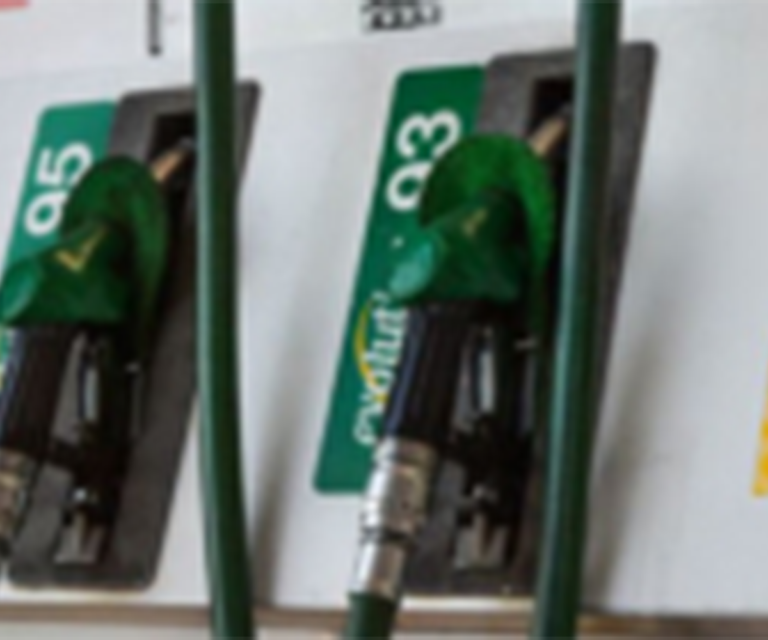Looks like we’re in for another squeeze at the pumps this November. The Department of Mineral and Petroleum Resources (DMPR) has just announced some pretty significant price hikes for our fuels. Whether you’re filling up your car, using paraffin for heating, or relying on LPGas for cooking, these changes are going to affect us all. Let’s break it down and see what’s going on.
Detailed Breakdown of Price Adjustments
Alright, let’s get into the nitty-gritty of these price changes:
Petrol
- 93 octane: Up by 65 cents per liter
- 95 octane: Increased by 65 cents per liter
Diesel
- 05% sulfur: Jumping by 29 cents per liter
- 005% sulfur: Also up by 29 cents per liter
Other Fuels
- Illuminating paraffin: Rising by 24 cents per liter
- LPGas: Taking a big leap of 70 cents per kilogram
Whew, that’s quite a list. These increases might seem small individually, but they can add up when you’re filling your tank.
Impact on Consumer Fuel Costs
So, what does this mean for our wallets? Let’s look at the new prices we’ll be seeing at the pumps:
Gauteng
- 93 Petrol: R23.44 per liter (up from R22.79 in October)
- 95 Petrol: R23.90 per liter (previously R23.25)
Coastal Regions
- 95 Petrol: R23.25 per liter (increased from R22.60)
Remember, these are just examples. The actual prices might vary slightly depending on where exactly you are in the country.
International Factors Driving Price Changes
You might be wondering, “Why are we seeing these increases?” Well, a big part of it comes down to what’s happening on the global stage.
Brent Crude oil prices have been on the rise lately, and a lot of that has to do with the ongoing tensions in the Middle East. The situation between Iran and Israel, in particular, has got everyone on edge. When there’s uncertainty in major oil-producing regions, it tends to push prices up worldwide.
Impact of Increased Global Oil Prices on Local Fuel Prices
Here’s where it gets a bit technical, but I’ll try to keep it simple. When global oil prices go up, it affects something called the Basic Fuel Price. This is the starting point for calculating our fuel prices here in South Africa.
The rise in international petroleum product prices has pushed up the Basic Fuel Prices for petrol, diesel, and paraffin. It’s like a domino effect – higher global prices lead to higher local prices.
Effect of Rand-Dollar Exchange Rate on Fuel Prices
Now, here’s a tiny bit of good news in all of this. The Rand has gotten a little stronger against the US Dollar lately. This has helped to soften the blow of the price increases a bit. If our currency hadn’t strengthened, we might be looking at even bigger price hikes.
Economic Implications for South African Consumers
I know what you’re thinking – “How is this going to affect me?” Well, unfortunately, these fuel price increases are likely to hit us in a few ways:
- Higher transport costs: Whether you’re driving your car or using public transport, expect to pay more.
- Increased food prices: Transport costs affect food prices, so we might see a rise in our grocery bills.
- General inflation: As fuel costs rise, it can push up prices across the board.
It’s not all doom and gloom, but it’s something we’ll need to factor into our budgets.
Future Projections and DMPR’s Ongoing Monitoring
Looking ahead, it’s hard to say for sure what will happen with fuel prices. Much depends on how global tensions play out and what happens in the oil markets. The good news is that the DMPR is keeping a close eye on things. They’re constantly monitoring the situation and will make adjustments as needed.
For now, it looks like we might need to tighten our belts a bit. But who knows? Things in the global oil market can change pretty quickly. Let’s hope for some stability (and maybe even some decreases) in the coming months!
Remember, we’re all in this together. Maybe it’s time to dust off that bicycle or start that carpool you’ve been thinking about!

